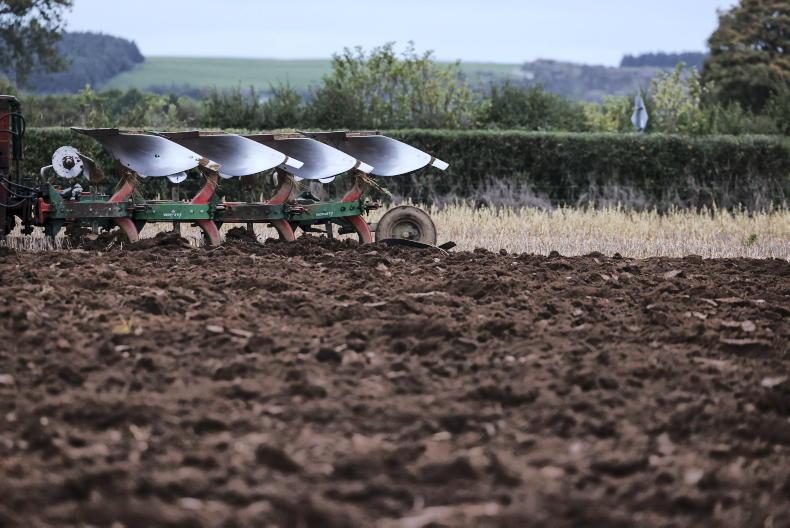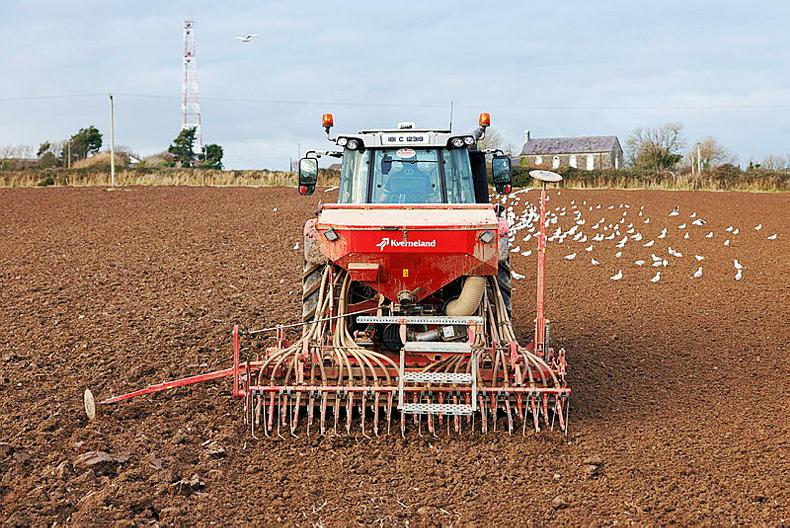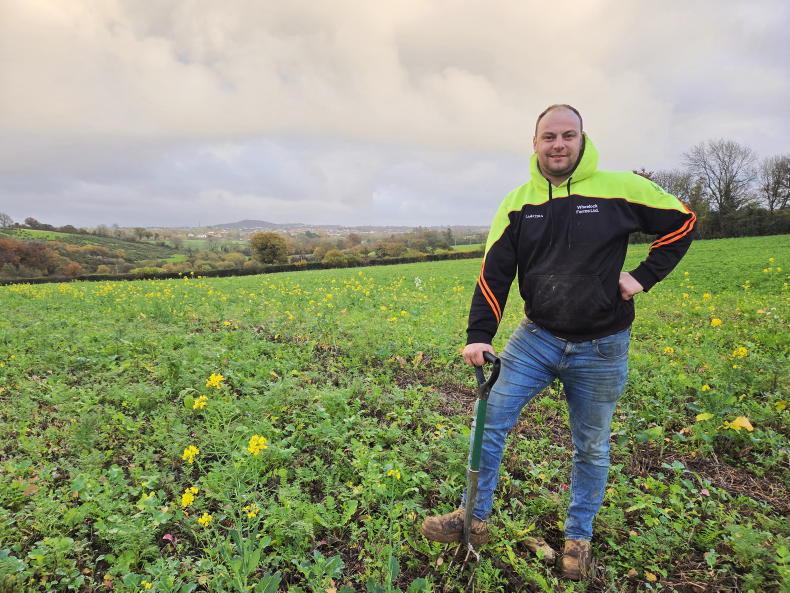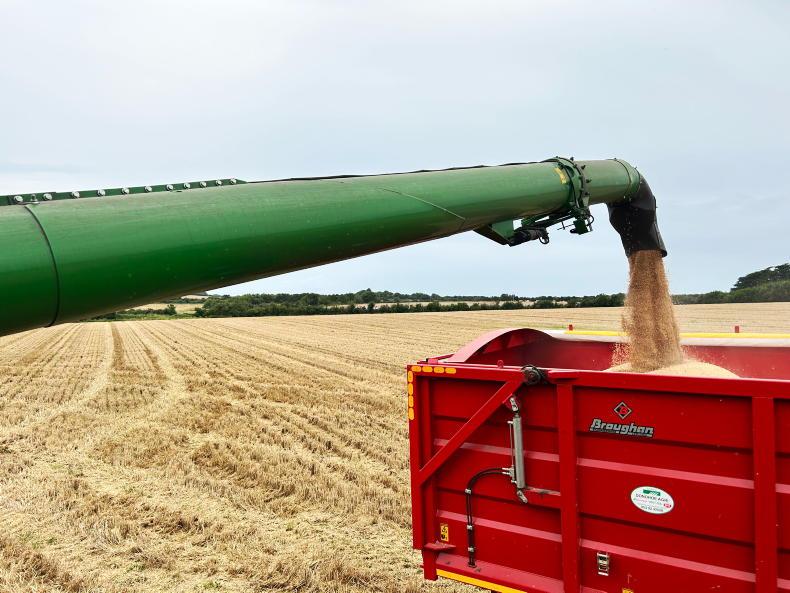Many tillage farmers have decided to delay planting while conditions allow, hoping to reap some of the benefits from an integrated pest management point of view. Delayed sowing can reduce the incidence of grass weeds and reduce disease levels in plants as well as reducing the risk of virus.
Ground conditions are generally good at present. However, as rain arrives, those conditions will become more difficult. Temperatures may also change and so, as the environment changes, so too should the seeding rate.
When calculating the seeding rate, you need the target plant population, the thousand grain weight (TGW) and expected establishment percentage. The TGW should be printed on the bag of seed.
Winter barley and oats
Looking at winter barley, Teagasc figures target a plant population of 280 plants/m2 when planting in the first week of October. The expected establishment rate at this time is 80%, but this will vary with conditions.
So, assuming a TGW of 53.5 for your winter barley, we multiply 280 by 53.5 and divide by 80, giving a seeding rate of 187kg/ha.
Teagasc suggests increasing the target plant population by 10 plants/m2 every week, meaning in the fourth week of October, it would be 310 plants/m2.
In October, establishment percentage is estimated at 75% in weeks two and three and 70% in week four.
Winter wheat follows a similar pattern, starting with a target plant population of 250 plants/m2 in the first week of October.
Winter oats start with a target plant population of 300 plants/m2 in the first week of October. The establishment percentage is estimated at 85% in the first week of October and decreases by 5% each week.










SHARING OPTIONS